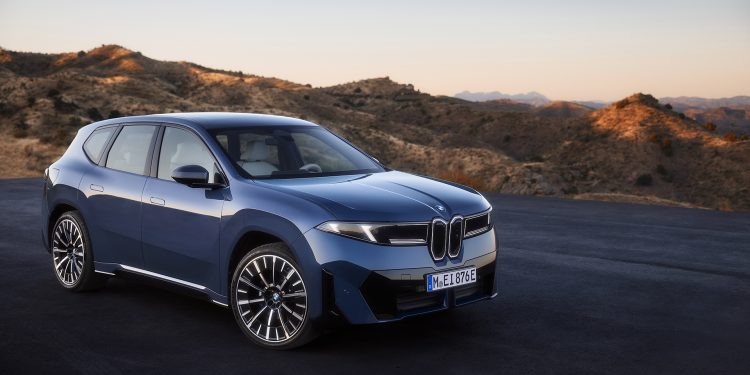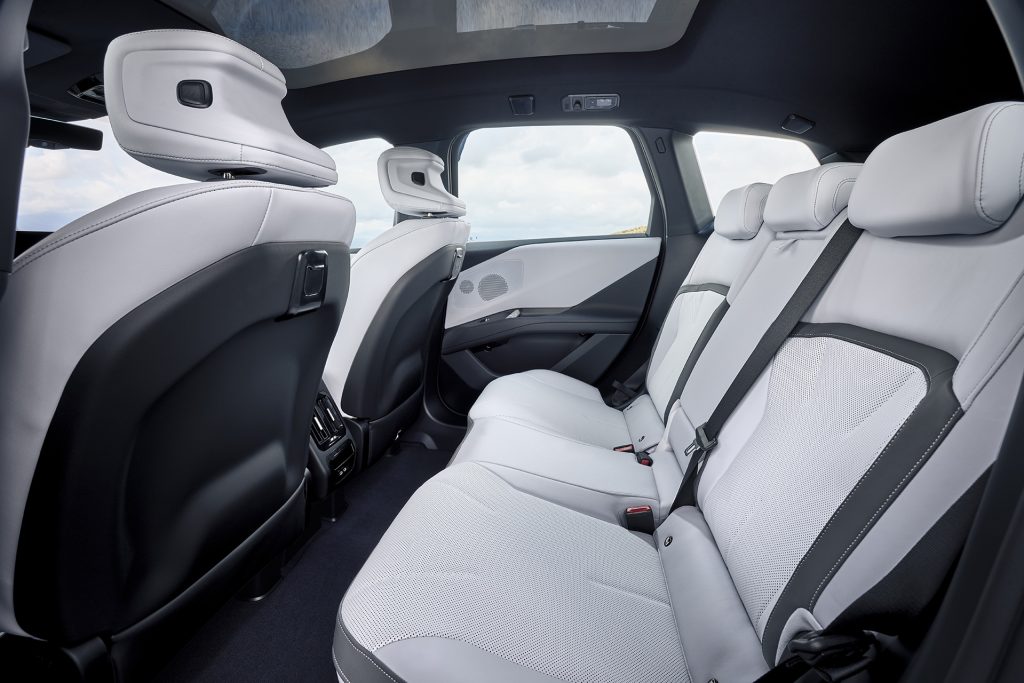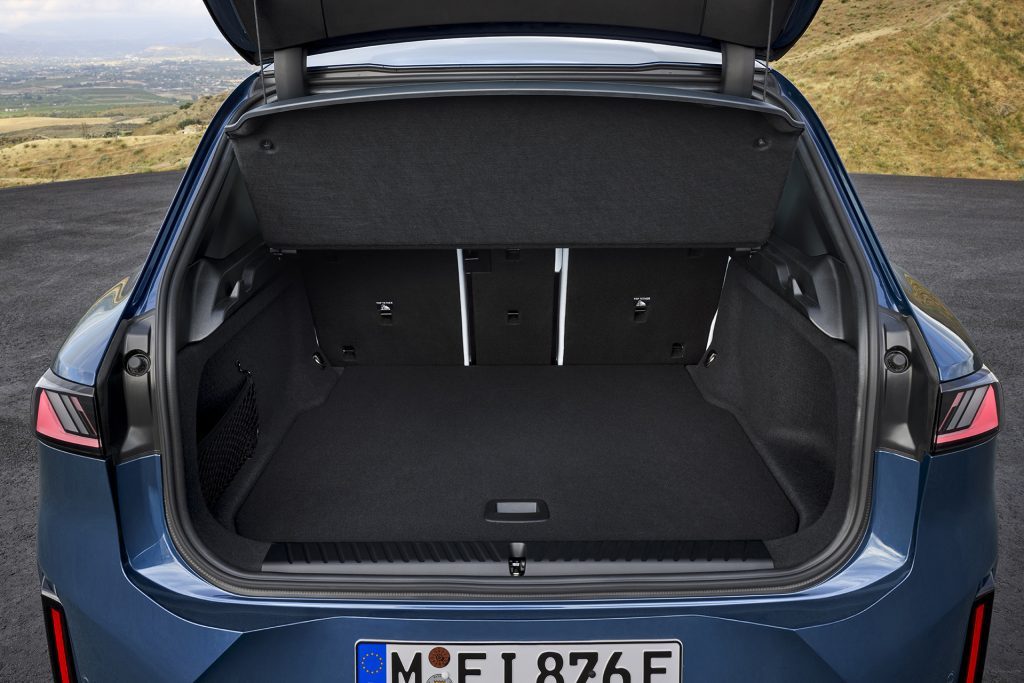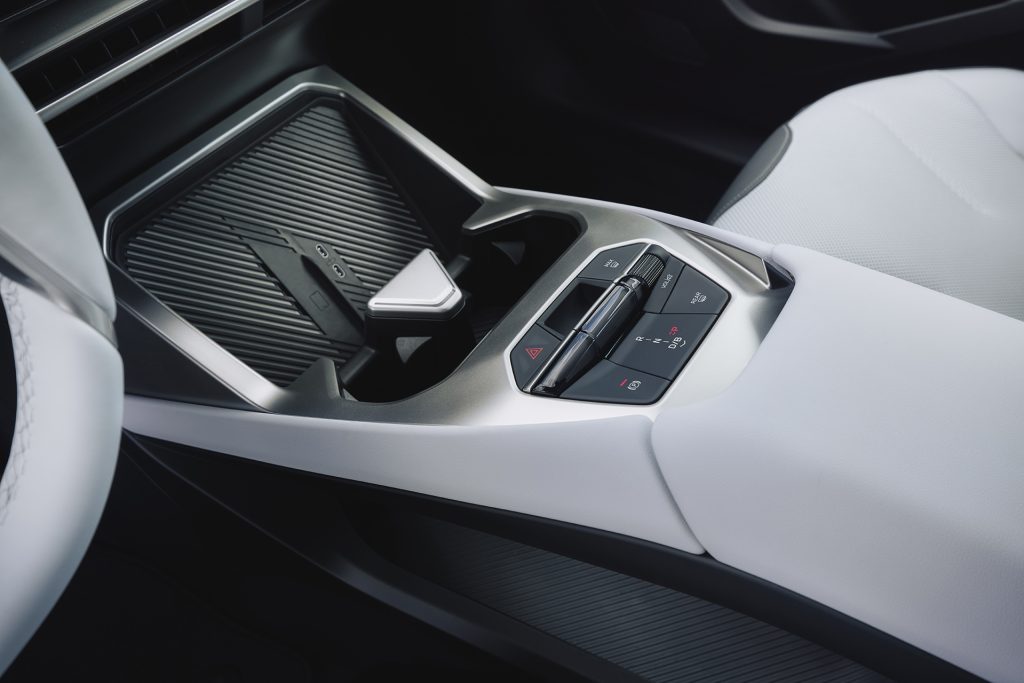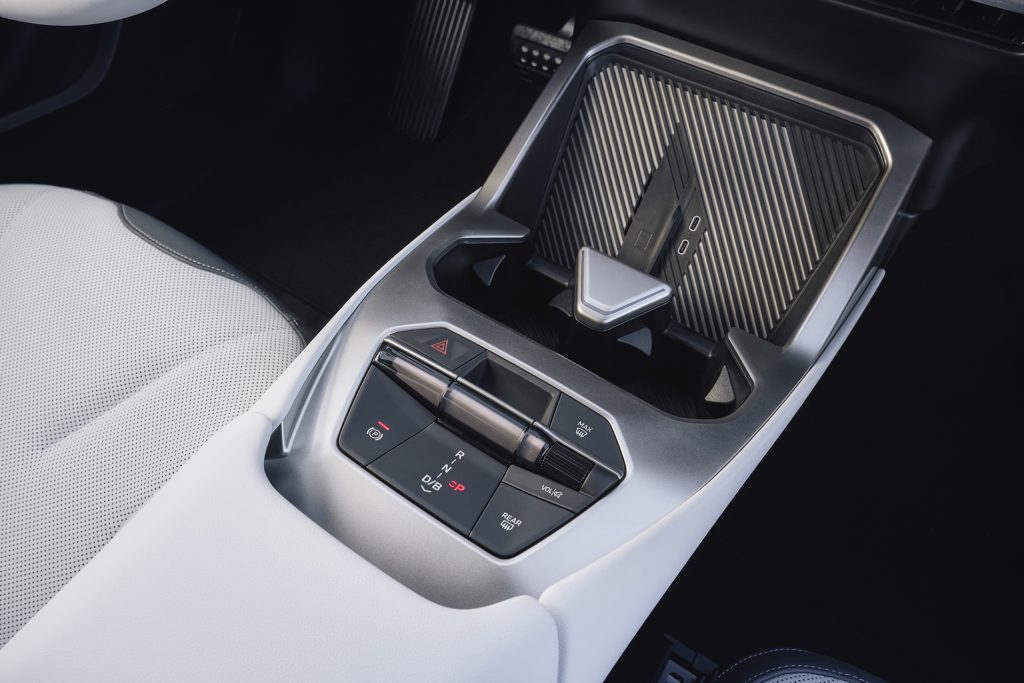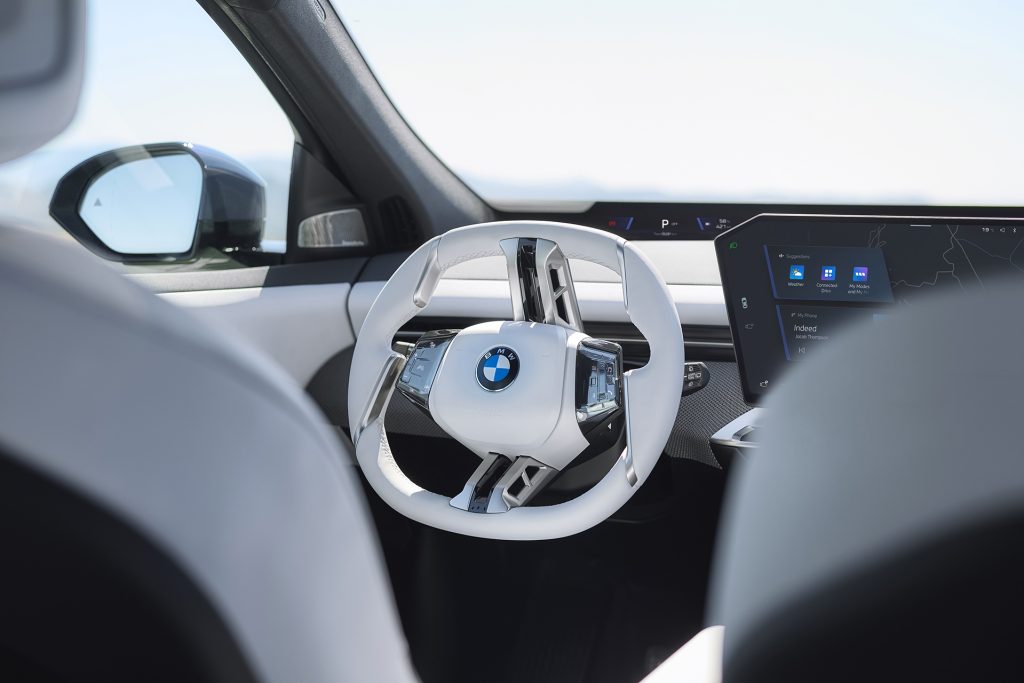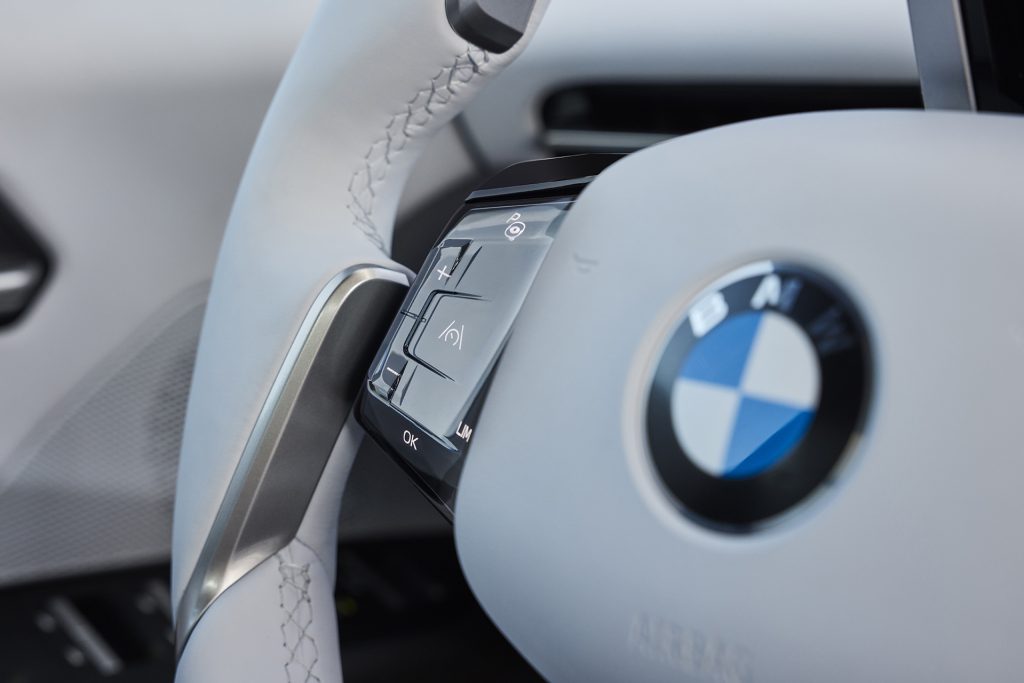BMW iX3 revealed with 805km range, NZ arrivals from mid-2026
Words by Richard Edwards
BMW has revealed the next-generation iX3 in advance of the IAA Mobility show in Munich, the first model from its new Neue Klasse line-up.
The all-electric SUV debuts sixth-generation eDrive technology and headlines with a claimed WLTP range of up to 805km. New Zealand deliveries are confirmed from mid-2026.
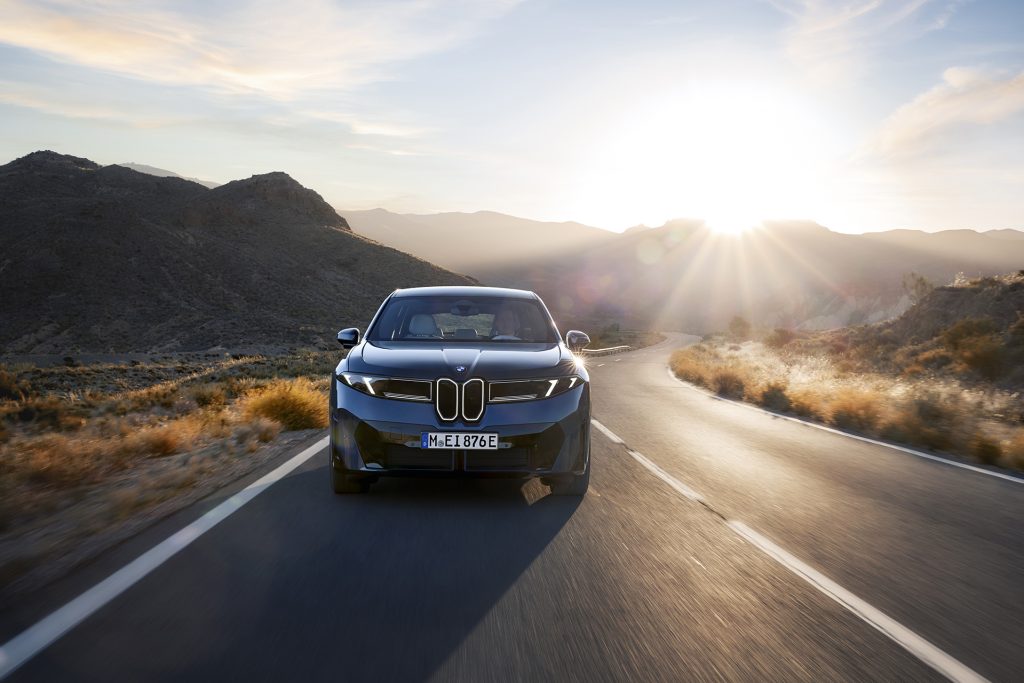
BMW chairman Oliver Zipse describes the Neue Klasse programme as “our biggest future-focused project and a huge leap forward in technologies, driving experience and design. Practically everything about it is new, yet it is also more BMW than ever.”
Takes power fast, uses sparingly
The launch variant is the iX3 50 xDrive, running a dual-motor set-up with 345kW and 645Nm. It sprints from 0-100km/h in 4.9 seconds and tops out at 210km/h. Other versions — likely including rear-wheel drive and smaller battery options — are expected to follow.
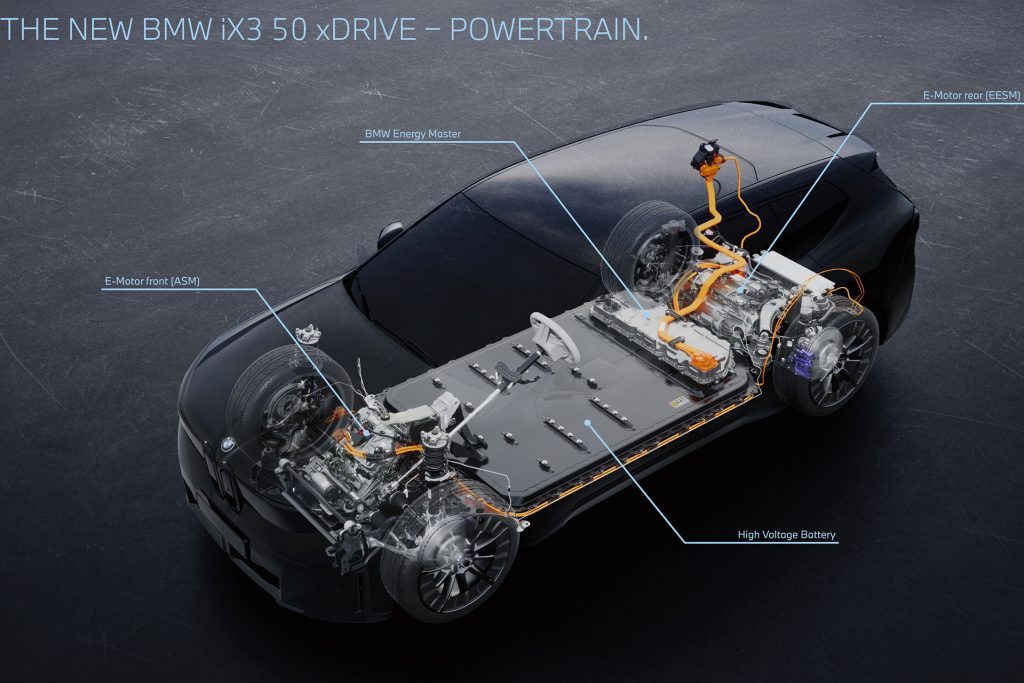
Based on the 108kWh usable battery and quoted WLTP range, the iX3 achieves an implied efficiency of around 14kWh/100km — a figure that puts it in line with or ahead of today’s most efficient large EVs. It is also more in line, or even lower, than many small to medium EVs — astounding for a vehicle of this size.
The 800V system supports 400kW DC fast charging, good for more than 350km of range in 10 minutes. A 10–80 per cent top-up is rated at 21 minutes. Standard AC charging is up to 11kW, with a full charge taking around 11 hours.
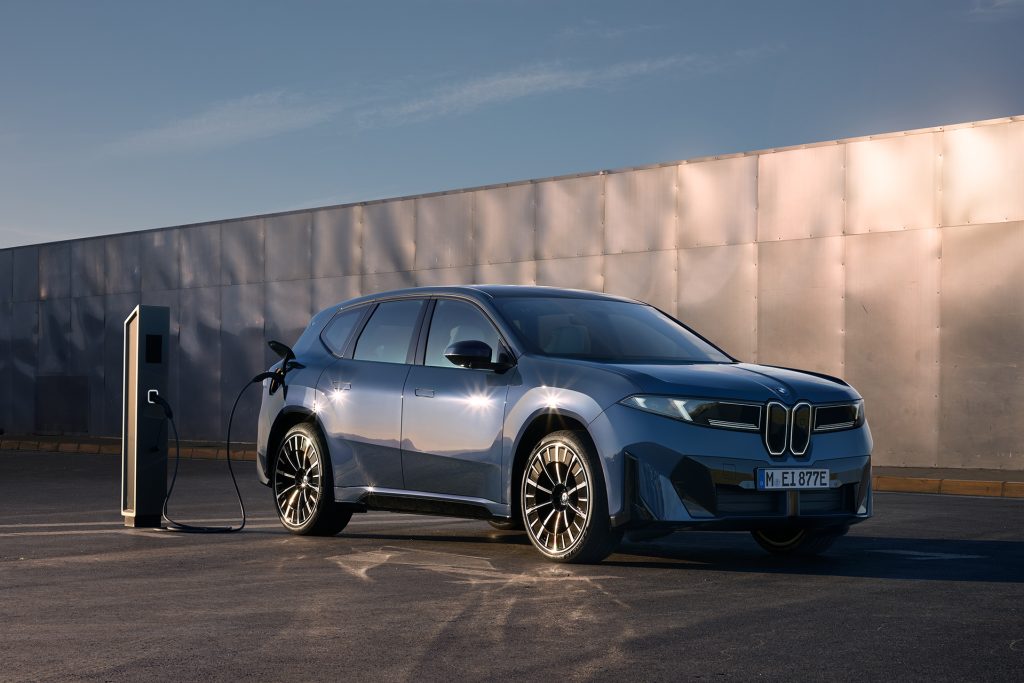
BMW says the new eDrive delivers 40 per cent lower energy losses, 10 per cent less weight, and 20 per cent lower manufacturing costs than the previous generation. The Gen6 cylindrical battery cells also provide 20 per cent higher energy density and charge 30 per cent faster than before.
Bidirectional charging is planned for the New Zealand market in the form of Vehicle-to-Load (V2L), with further details to come.
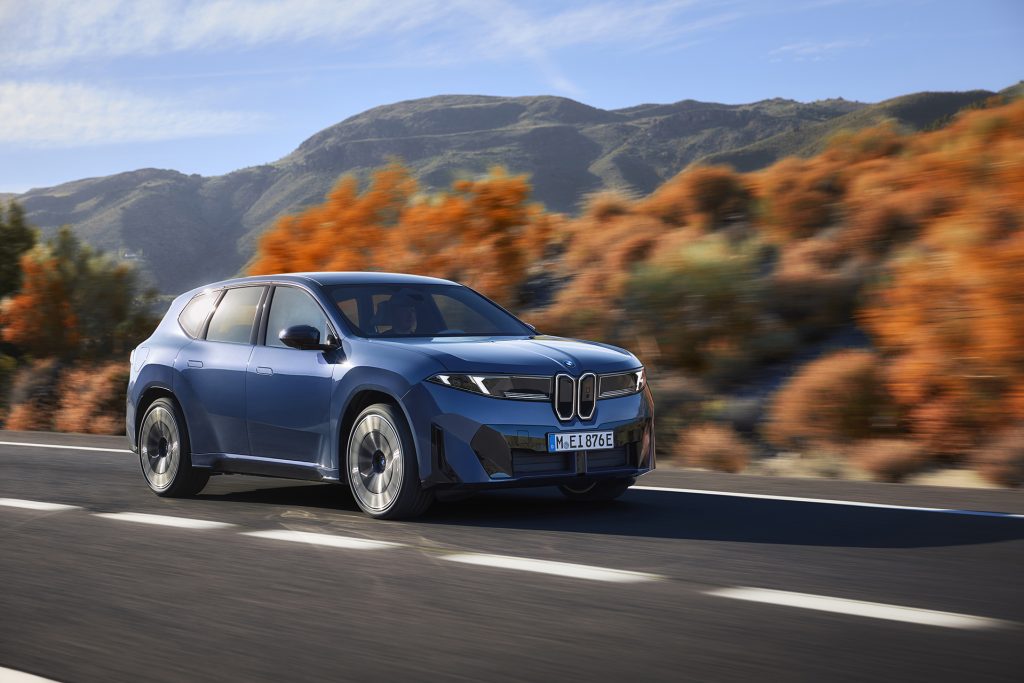
Driving dynamics
BMW says the iX3 brings a step change in ride and handling through its new ‘Heart of Joy’ management unit, one of the car’s four high-performance “superbrains.” This system integrates control of the drivetrain, brakes, steering and energy recuperation, working with BMW’s in-house Dynamic Performance Control software to sharpen cornering precision, traction and stability.
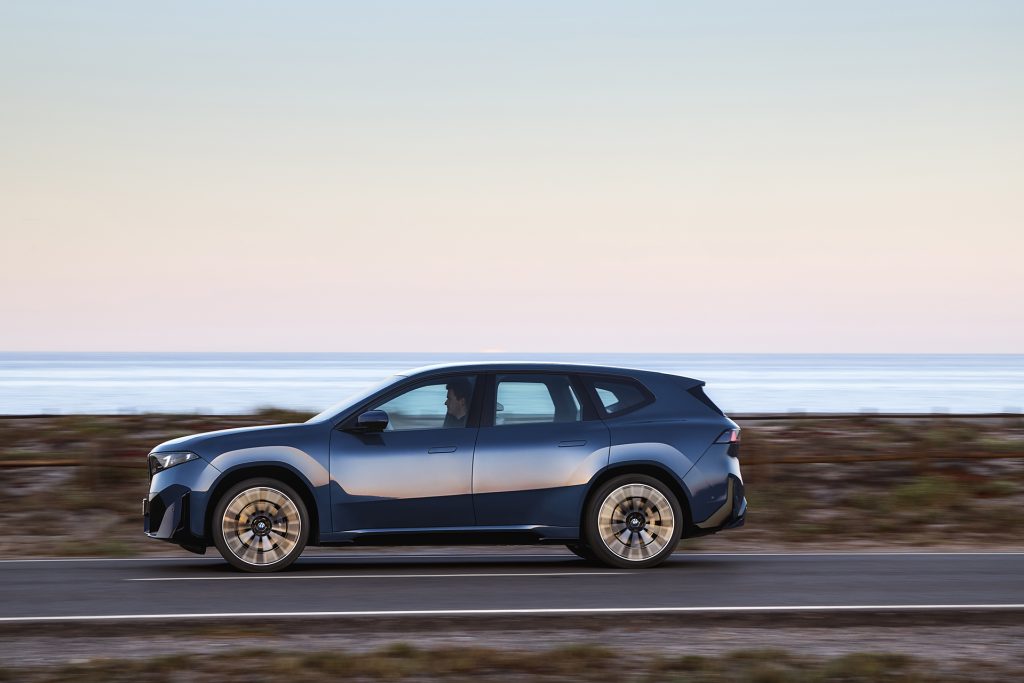
The unit processes data up to 10 times faster than previous control systems, enabling smoother responses and greater accuracy with fewer interventions. In everyday use, up to 98 per cent of braking is managed through regeneration alone, while the software optimises power delivery for both agility and efficiency. BMW describes the result as a “uniquely harmonious, BMW-typical driving feel” – we hope that means a hint of rear-end bias.
A Neue look
The iX3 introduces BMW’s fresh design language, with slim vertical kidney grilles that reference the original 1960s Neue Klasse cars. Aerodynamics are strong too, with a drag coefficient of 0.24.
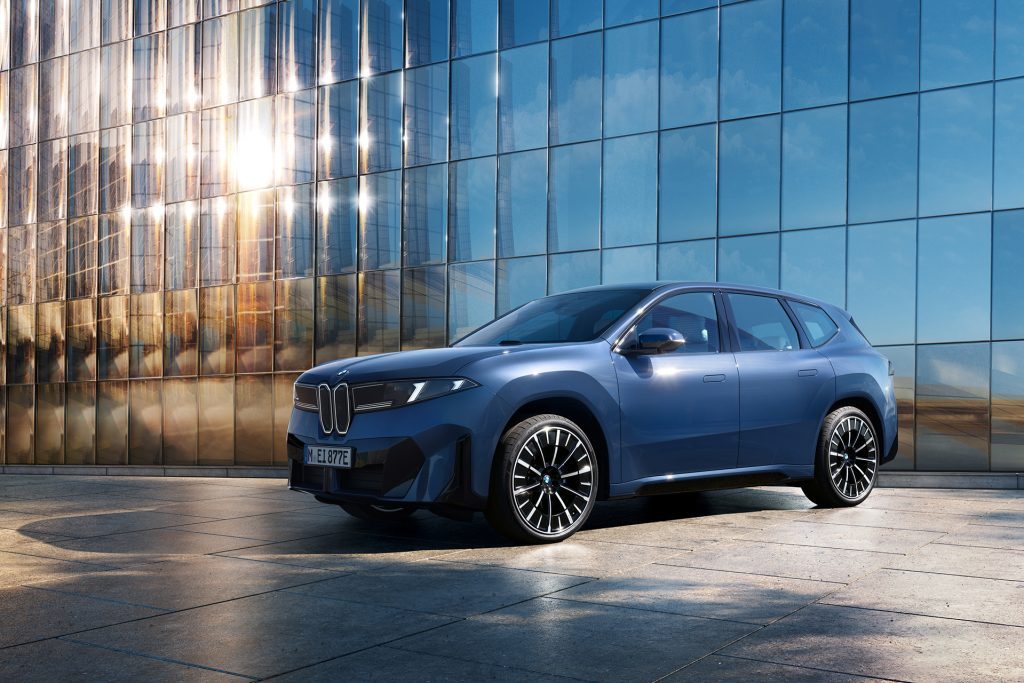
Inside, the BMW Panoramic iDrive projects across the full width of the windscreen, spanning 110cm from A-pillar to A-pillar. A 17.9-inch central display angled towards the driver supports it.
Four high-performance computers, which BMW calls “superbrains,” manage everything from driving dynamics to infotainment. The so-called Heart of Joy processor handles recuperative braking — enabling up to 98 per cent of deceleration to be achieved without the friction brakes.
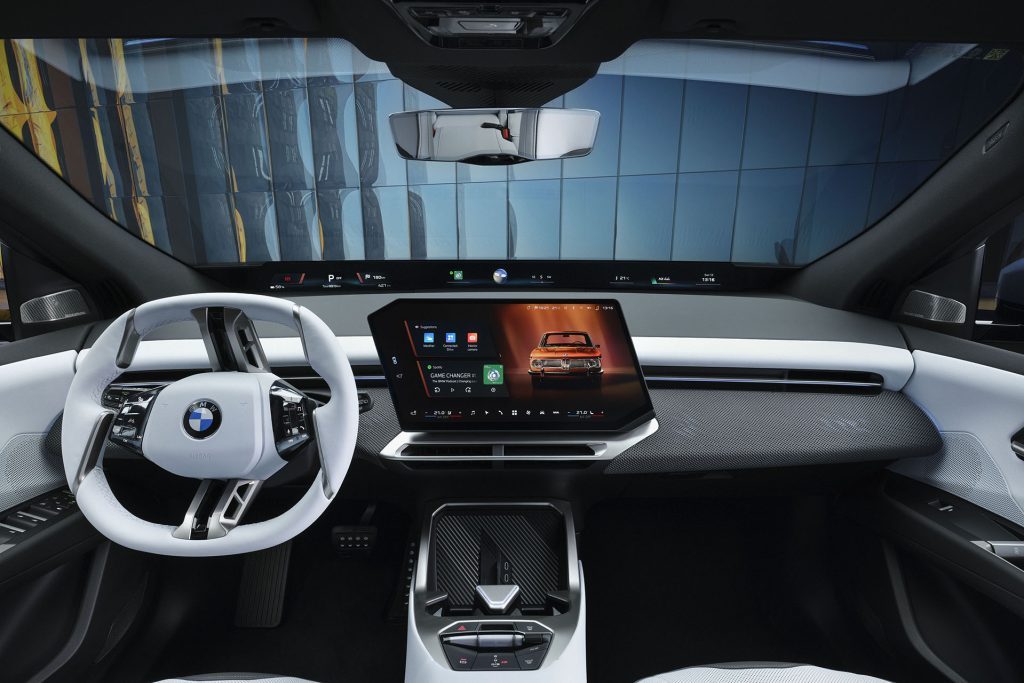
A new electronics architecture reduces complexity, dividing the wiring harness into four zones and trimming around 600m of cabling. Digital smart eFuses replace conventional safety fuses, cutting weight and contributing to a 20 per cent improvement in efficiency.
Size and practicality
Dimensions are 4782mm long, 1895mm wide, 1635mm high, with a 2897mm wheelbase. Boot space runs from 520L to 1750L, with an additional 58L under the bonnet.
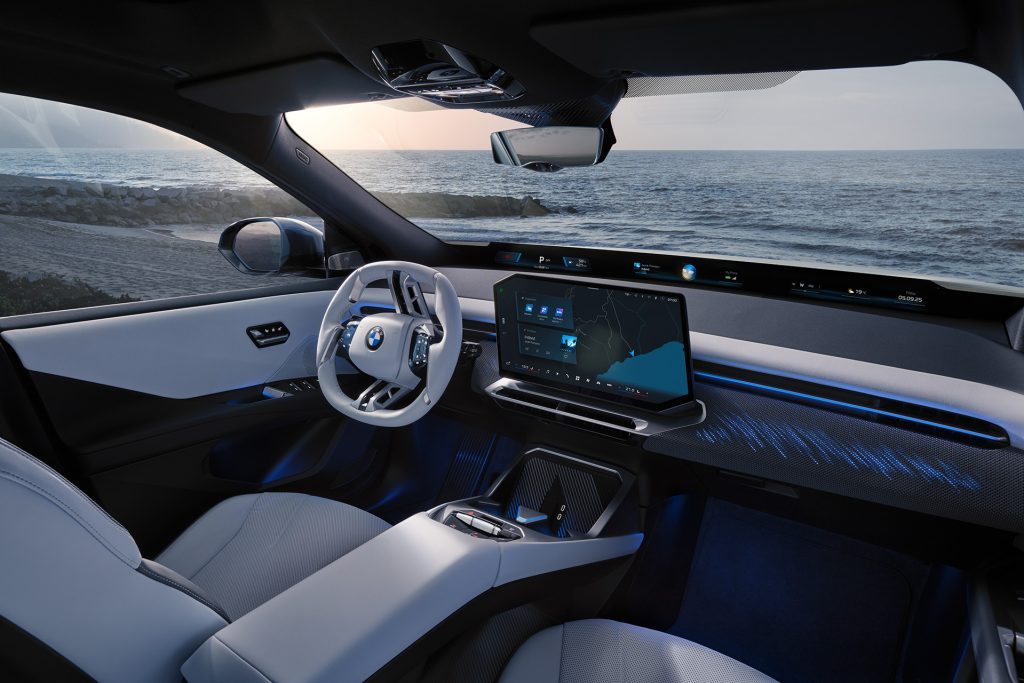
Nine exterior colours will be offered at launch, alongside 20-, 21-, and 22-inch wheel choices. Three interior themes are available, including leather-free Veganza trims, an M Sport package, and BMW Individual Merino leather. Standard kit covers heated seats, electric adjustment, wireless phone charging, two-zone climate, and an alarm system.
Sustainability and lifecycle
BMW claims the iX3 has a 34 per cent smaller lifecycle carbon footprint than its predecessor. Around one-third of the vehicle is made from secondary raw materials.
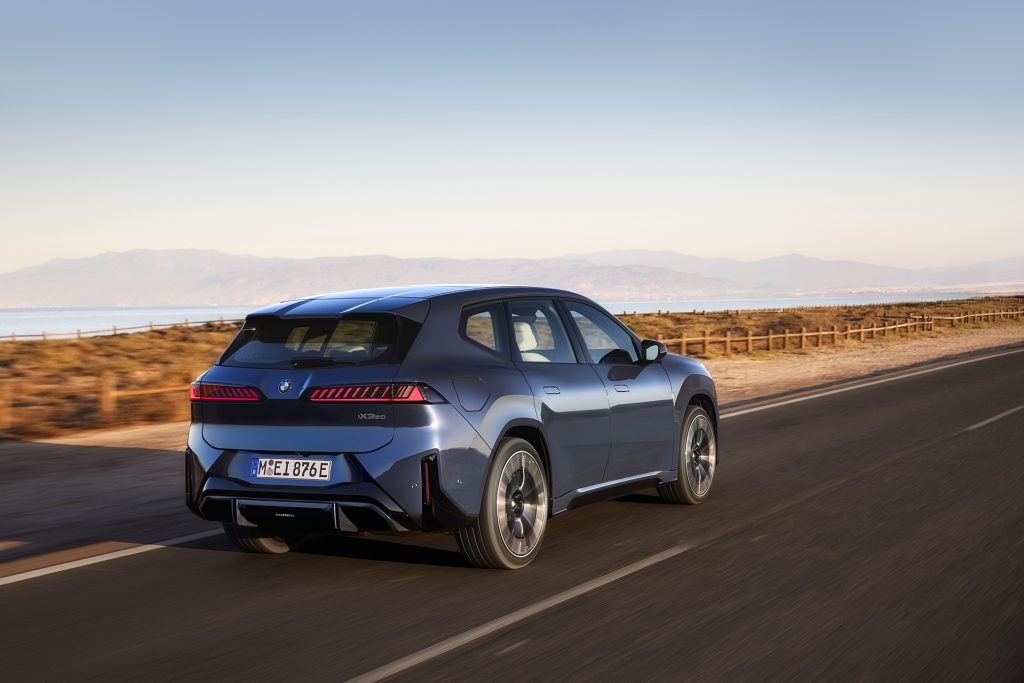
Recycled yarn is used in the headlining and floor mats, thermoplastic components under the bonnet are made with 30 per cent recycled marine plastic, and suspension parts such as swivel bearings and hub carriers use 80 per cent secondary aluminium. Wheel rims are cast from aluminium with 70 per cent recycled content.
The new Gen6 cells also reduce their own carbon footprint by 42 per cent versus Gen5 thanks to greater use of renewable energy and secondary raw materials. Production at BMW’s new Debrecen plant does not use fossil fuels in normal operation, with electricity supplied entirely by renewables.
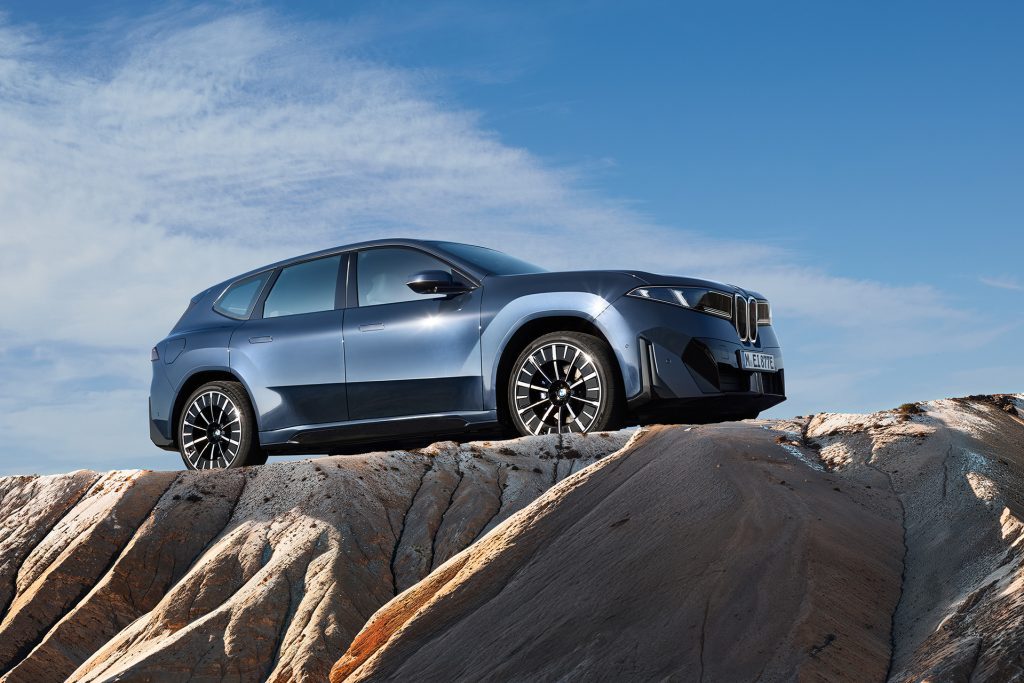
BMW calculates the iX3 50 xDrive will outperform a combustion-engine equivalent on lifecycle emissions after 21,500km using the European grid mix, or 17,500km if charged purely on renewables. For New Zealand’s 90 per cent renewable grid, the break-even point is estimated at 18,250km.
NZ Autocar coverage
NZ Autocar is at the unveiling in Munich and will have a video walkaround on our Facebook page and YouTube channel over the weekend.


